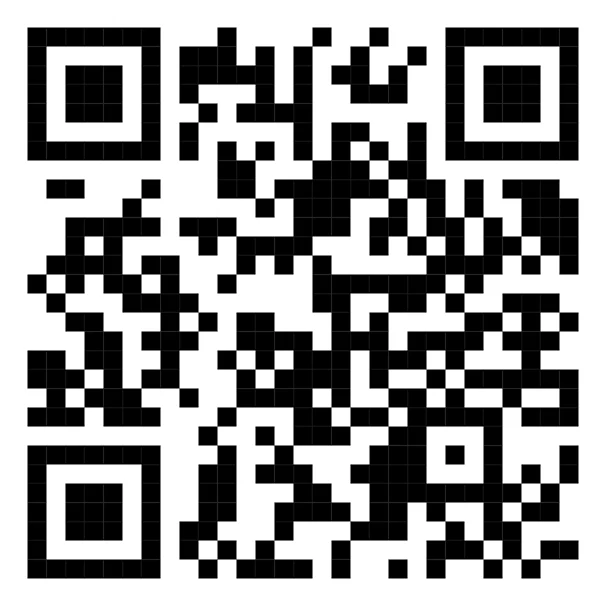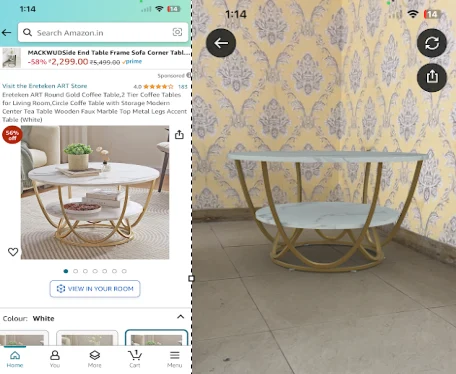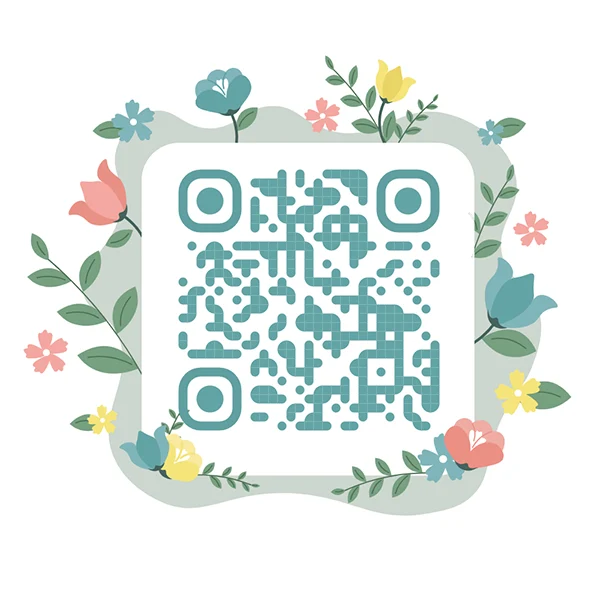QR codes, who doesn’t know about it? We all are familiar with this scanning technology for obvious reasons.
Being ubiquitous, these pixelated squares are seamlessly incorporated into every aspect of life. Be it marketing, making payments, or posting reviews.
The concept itself is interesting, and you must consider giving it a shot. For that matter, make use of a QR code maker and stay sorted to fulfill most of the purposes.
On this page, we’ll be explaining to you the basics of QR code technology, an advanced use case that illustrates its power, the role of QR solutions, and of course, a glimpse at the future outlook. Also, learn about Tacko SFM Fixed Version Mega.Nz by reading this article.
QR codes, an abbreviation of “Quick Response code” are two-dimensional barcodes. As you can see, they store information horizontally and vertically.
For the first time, QR codes were developed in Japan in the 1990s
The architectural design of these codes consists of black squares arranged on a white background.
Such codes store encoded details from website URLs, contact information, or other data and are easily scanned by both smartphones as well as other QR code readers. Once scanned, it then deciphers the encoded information and directs you to the intended destination.

This, essentially, is what a QR code looks like. This code is intended to direct users to encoded website URLs.
Fueled by remarkable technological advancements, QR codes have been propelled into a new era of functionality and utility. Resulting in a shift in consumer preferences and evolving business landscape.
Here are the key advancements that have reshaped the QR code landscape:
The proliferation of smartphones equipped with high-resolution cameras and widespread scanning capabilities accelerated its adoption. Think of your device as a powerful gadget, capable of scanning a multitude of QR codes.
Usually, conventional bar codes can store a maximum of approximately 20 digits, whereas QR codes can handle several dozen to several hundred times more information at a time.
In 2025, traditional codes have transcended their early limitations in terms of data storage.

For instance, high-capacity QR codes can encode extensive data like entire contact details, lengthy URLs, or comprehensive product information.

Integration of AR with QR codes has expanded its applications. AR barcodes contain the information required to generate an Augmented Reality 3D experience.
AR QR codes operate even without a dedicated app on smartphones and AR/VR headsets (like the Apple Vision Pro). Hence, it is natively readable on Android, iOS, Meta Quest OS & visionOS.
Also, you can add AR experiences anywhere in the form of QR codes. Be it in your product packaging, event banners or posters, clothing, machines or equipment, vehicles, etc.
There have been innovations in today’s marketing collateral, delivering immersive and interactive experiences.
From augmented reality campaigns to scavenger hunts, all are contributors to today’s innovative marketing approaches.
Use Case:
Packaging embedded with QR codes can instantly access customers to additional details (product details, user reviews, or instructional videos) and real-time access to products or services (business cards, flyers, and posters).
There is a convergence of NFC (Near Field Communication) and QR Codes for real. Well, OR codes are everywhere but NFC tags are a bit more hidden. The reality is NFC is most convenient with newer phones.
From Google Pixel, Samsung Galaxy, and iPhone XS to newer models. Meantime, this integration is mostly seen in contactless cards or smartphone payments. You only need to touch your device to choose between tapping an NFC device or scanning a QR code.
There has been a domination of e-commerce in the retail landscape. How are QR codes integrated into e-commerce? Simply, to access product pages, redeem discounts, or track shipments.
Depending on your needs and uses, you can benefit from any of the QR Code solutions we are going to discuss below:

Scan this functional QR code, and unlock more such platforms.
QR generators create customized codes for a wide range of purposes, offering flexibility and ease of use.
For a more immersive experience, retailers can create interactive displays, enable self-checkout options, and share personalized offers with QR codes.
We see QR codes evolving beyond their current applications. The future outlook for them has a lot to come. You can expect to see them integrating more seamlessly with emerging techs.
In regard to usage, after extensive and exhaustive qualitative analysis, reports have stated that, by 2028, the global QR Code Labels market size will expand at a CAGR of 1.91%, reaching USD 2176.85 million.
Since it has become synonymous with contactless transactions, it must serve as a gateway to the Internet of Things (IoT) and play a pivotal role in blockchain-based applications.
As we look ahead, businesses can identify product authenticity, offer access to product manuals, and firmware updates, track provenance, combat counterfeiting, and so on.
Finally, we can say that QR codes have transcended their origins, leading the way to become indispensable assets in modern operations.
They offer countless opportunities for individuals as well as businesses to harness the power of different QR codes with smartphones.
We hope we’ve managed to cover almost everything that speaks for the powers of AR codes with Smartphones.
